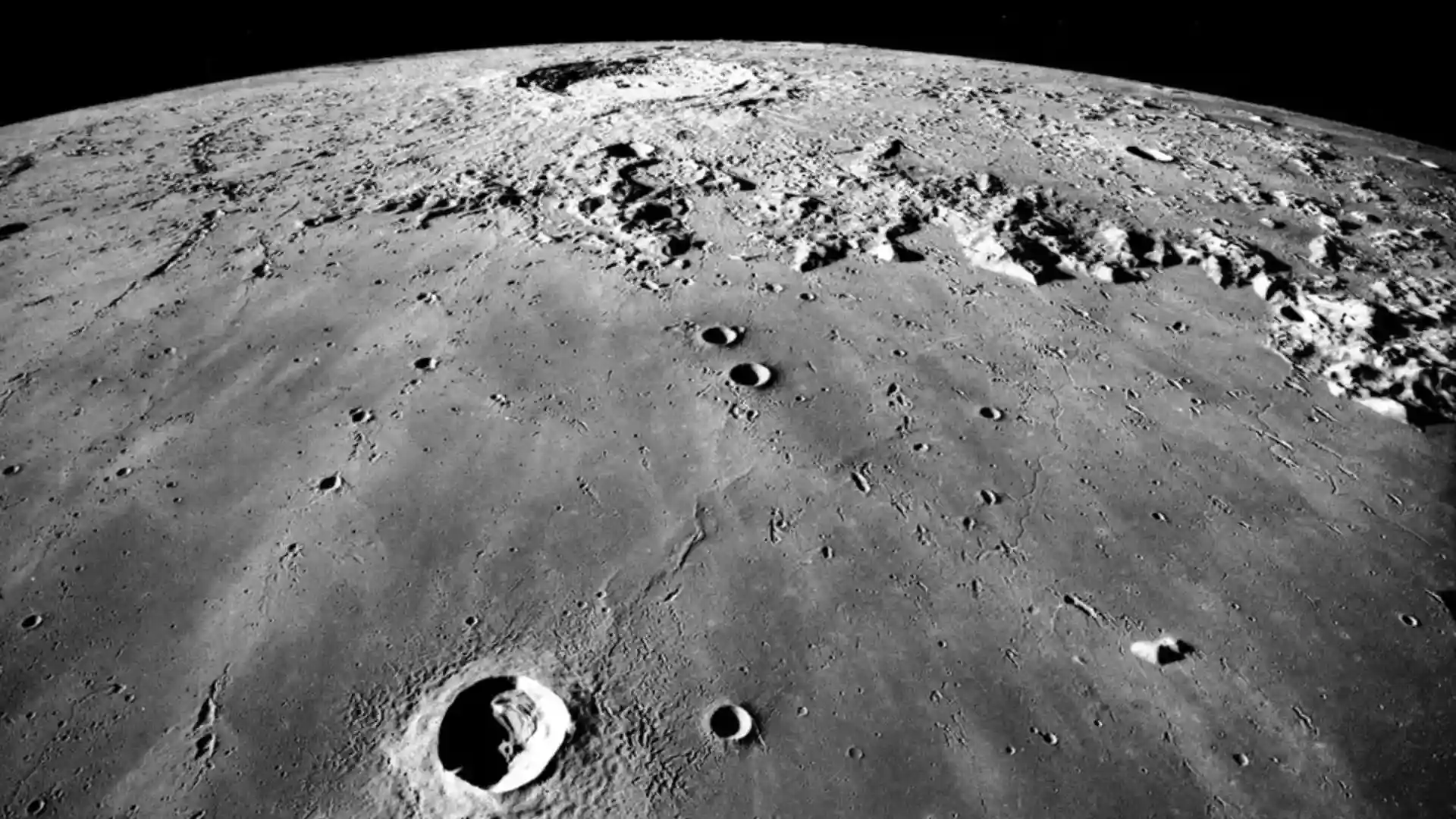Recent analysis of lunar glass beads, primarily from samples retrieved by China's Chang'e-5 mission, is providing scientists with fascinating new insights into the Moon's history and composition. These tiny beads, formed through high-energy events like asteroid impacts and volcanic eruptions, act as miniature time capsules, preserving information about the Moon's mantle, volcanic activity, and the bombardment it has endured over billions of years.
One of the most significant revelations is the discovery of unusually high concentrations of magnesium in some glass beads. Unlike typical lunar glass formed by surface impacts, these magnesium-rich beads suggest a deeper origin, possibly from the Moon's mantle. This is particularly exciting because directly sampling the lunar mantle has been a long-standing goal for lunar scientists. The beads offer a glimpse into the Moon's hidden interior, potentially revealing its composition and structure. According to Alexander Nemchin of Curtin's School of Earth and Planetary Sciences, these beads may have formed when an asteroid struck rocks originating from deep within the Moon.
The analysis of these glass beads also challenges previous assumptions about the timing of lunar volcanism. While Apollo-era samples suggested that volcanic activity on the Moon ceased around 3 billion years ago, the Chang'e-5 samples, particularly the glass beads, indicate volcanism may have persisted much longer. Some studies suggest volcanic eruptions occurred as recently as 120 million years ago. This raises questions about the heat sources that fueled this prolonged volcanism, especially considering the Moon's relatively small size and the lack of plate tectonics.
Furthermore, the distribution of titanium-rich volcanic rocks, primarily located on the Moon's nearside, has long puzzled scientists. The prevailing theory suggests that the Moon was covered by a global magma ocean in its early days. As this magma ocean cooled, it crystallized into the Moon's mantle and crust. However, the last remnants of this ocean formed dense minerals like ilmenite, containing titanium and iron. Due to their density, these minerals sank into the Moon's interior, creating a gravitational instability. This sinking event likely occurred before the formation of the largest and oldest impact basins on the nearside, suggesting it happened over 4.2 billion years ago.
The study of lunar glass beads is not only reshaping our understanding of the Moon but also providing valuable insights into the early processes that shaped other planets, including Earth. The discovery of silica-rich material on the Moon as early as 4.27 billion years ago suggests that the processes that create habitable conditions may not be unique to Earth. Uncovering the Moon's interior structure helps scientists compare it with Earth and other planets, and better plan robotic or crewed exploration. Future lunar missions can be designed to target areas with specific geological features, potentially yielding even more information about the Moon's past. These tiny glass beads are proving to be a treasure trove of information, rewriting the Moon's story and offering new perspectives on planetary evolution.















